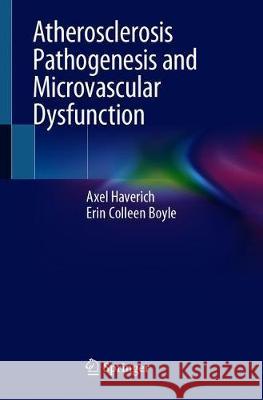Atherosclerosis Pathogenesis and Microvascular Dysfunction » książka
topmenu
Atherosclerosis Pathogenesis and Microvascular Dysfunction
ISBN-13: 9783030202446 / Angielski / Twarda / 2019 / 130 str.
Atherosclerosis Pathogenesis and Microvascular Dysfunction
ISBN-13: 9783030202446 / Angielski / Twarda / 2019 / 130 str.
cena 362,27
(netto: 345,02 VAT: 5%)
Najniższa cena z 30 dni: 346,96
(netto: 345,02 VAT: 5%)
Najniższa cena z 30 dni: 346,96
Termin realizacji zamówienia:
ok. 22 dni roboczych
Dostawa w 2026 r.
ok. 22 dni roboczych
Dostawa w 2026 r.
Darmowa dostawa!
Kategorie BISAC:
Wydawca:
Springer
Język:
Angielski
ISBN-13:
9783030202446
Rok wydania:
2019
Dostępne języki:
Ilość stron:
130
Waga:
0.32 kg
Wymiary:
23.77 x 16.31 x 1.02
Oprawa:
Twarda











